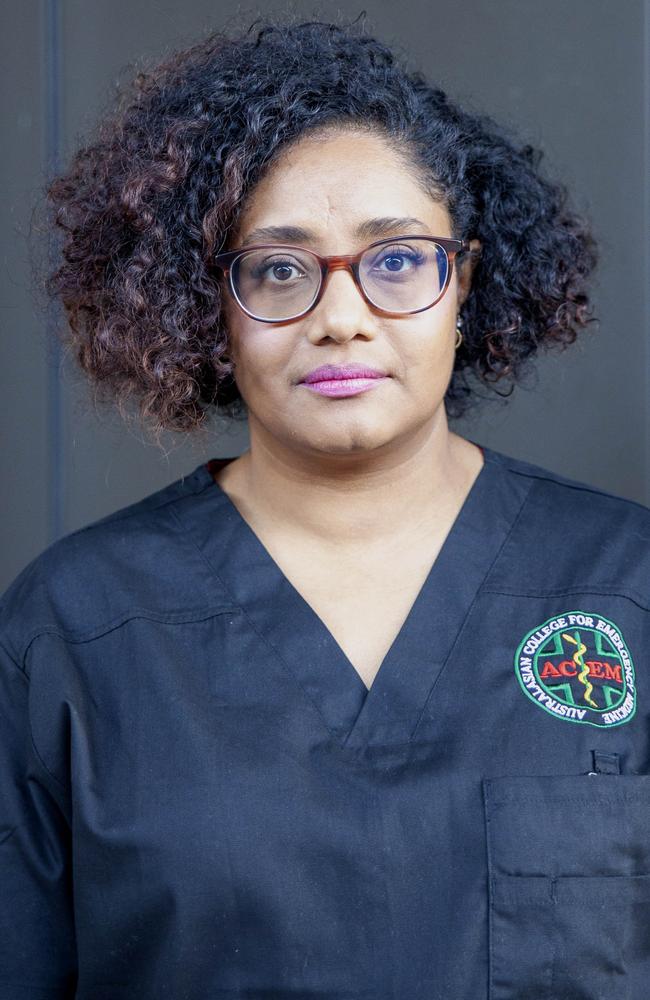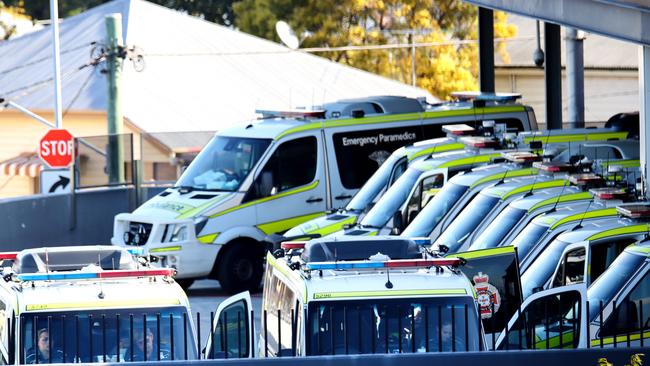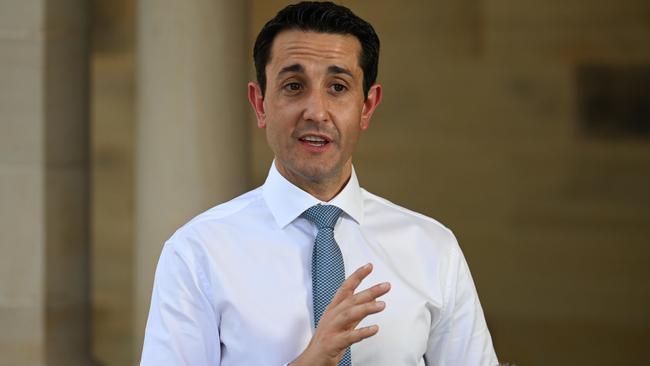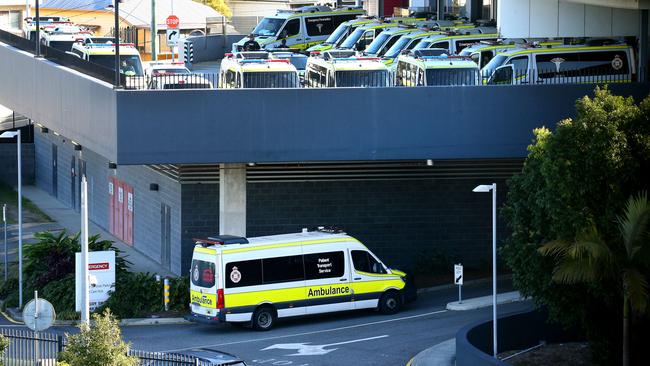Qld ambulance ramping times soar 25pc as elderly clog hospital beds
The number of Queenslanders waiting in ambulances at hospitals for urgent care has soared more than 25 per cent under the Palaszczuk government.
QLD News
Don't miss out on the headlines from QLD News. Followed categories will be added to My News.
The number of Queenslanders waiting in ambulances at hospitals for urgent care has soared more than 25 per cent under the Palaszczuk government.
More than 30 per cent of category-two patients with life-threatening injuries were not seen within clinically recommended times in the final three months of 2022 as emergency physicians grappled burnout and fatigue.
The rate of ramping – patients waiting on a stretcher for more than half an hour – improved from 44 per cent to 41 per cent in the last quarter, but this overall figure rose steadily over the decade.
.

It climbed from 13.5 per cent in December 2014 – fewer than two months before the Palaszczuk government came to power.
But every category-one patient was seen within clinically recommended times in the last quarter despite an increase in demand, and the total median wait time was 16 minutes – three minutes faster than the 19 minutes reported in 2014-15 Newman government budget papers.
Today, The Courier-Mail continues its series examining the state of Queensland’s health system.
The Australian Medical Association Queensland (AMAQ) said there were myriad causes leading to stretched emergency departments and patients being left waiting in the back of ambulances.

Elderly patients clogging hospital beds as they wait for aged-care vacancies, hospitals operating at capacity and unable to cope with surges in demand, an inability to rapidly move patients known to the system through stages of care, and a lack of funding – these are issues symptomatic of an underperforming health sector, according to AMAQ president Maria Boulton.
“All these things just basically cause a backlog,” she said.
“Emergency department cubicles should be filled with patients who are unknown to the system and have unknown conditions and need emergency care, not by patients who have been waiting in excess of 24 hours for a hospital bed.”
Health Minister Yvette D’Ath said the Queensland Health and Hospitals Plan was producing shorter ED wait times.
“Key to the plan is providing Queenslanders with expert medical care, closer to home, reducing the need for an ED presentation,” she said.

“This is being achieved through significant investment in innovative services like the Metro North Virtual ED, 24 Rapid AccessClinics as well as the QAS Clinical Hub and QAS co-responder model.
“We are working with the Albanese government to deliver 11 urgent care centres to relieve ED demand as well as leading the nation with the delivery of seven satellite hospitals, which will all have minor injuries and illness clinics to reduce ED demand.
“Productivity Commission data shows that for the 2021-22 financial year, Queensland had the second-best performing emergency departments in the country, with improvements being made this year.
“Queensland’s October-December quarterly performance data showed that 72 per cent of ED patients were seen within the recommended time.
“Despite the significant pressure on our EDs, the median waiting time across Queensland’s emergency departments was 16 minutes.”

The 3 per cent improvement in ramping was welcomed by United Workers Union national ambulance co-ordinator Fiona Scalon, but she insisted this would need to be repeated over several quarters to have a material effect.
“We’re still finding our members spending a significant amount of time waiting at hospitals to transfer the care of their patients,” she said.
During peak times of the ramping crisis in the last couple of years, she said paramedics were losing up to 400 hours a day waiting at hospitals to offload patients.
Redland Hospital has routinely reported high rates of ramping, which Dr Boulton said late last year was indicative of the government’s “failure to deliver”.
During a period of sustained pressure on the state government to act on ambulance wait times in 2020, it announced an expansion of the Redland Hospital but this was delayed at the end of last year.
The facility was supposed to have an intensive care unit and 32 more beds by late 2022 but this was pushed back to late 2024 while a new emergency department was delayed indefinitely.

“These are welcomed capital expenditures but certainly we needed them yesterday,” Dr Bouton told The Courier-Mail on Monday.
Australasian College for Emergency Medicine’s deputy chair in Queensland, Dr Shantha Raghwan, said conditions for the sector had slightly improved in the state from last year, but this was from a period professionals in the industry described as the “worst they had ever experienced in their careers”.
However, she also warned emergency departments were typically quieter during the summer holiday period and stressed the pressures on the sector remained significant, with many physicians battling burnout and exhaustion.
“Many staff have still not recovered from the last few years and need time to recuperate,” she said.
“I know of colleagues who are taking year-long breaks, or reducing their hours to part-time, or leaving healthcare altogether due to systemic pressures.”

Opposition Leader David Crisafulli said Queensland was languishing behind the rest of the country for emergency care with “stubbornly high ambulance ramping rates”.
“Ambulance ramping was 15 per cent when this government first came to office,” he said.
“It was 30 per cent when Anna Bligh said Queensland Health was a basket case.
“Now it’s over 40 per cent under this government.”
QUEENSLAND HEALTH INITIATIVES:
• Rapid Access Clinics initiative: A great example of a successful Rapid Access Clinic is the new Cardiology Rapid Access Service at Robina Hospital – patients attending the clinic receive time-critical, specialist care without an extended stay in the ED or being admitted to hospital.
• SAFEST Patient Journey Home: A patient-flow bundle blending six evidence-based principles to improve access to care, reduce delays and length of stay, and most importantly; achieve better patient outcomes.
• Care4Qld Strategy: To improve emergency access and patient flow by strengthening the capacity of our health system to meet the emergency care needs of Queenslanders.
More Coverage
Originally published as Qld ambulance ramping times soar 25pc as elderly clog hospital beds





